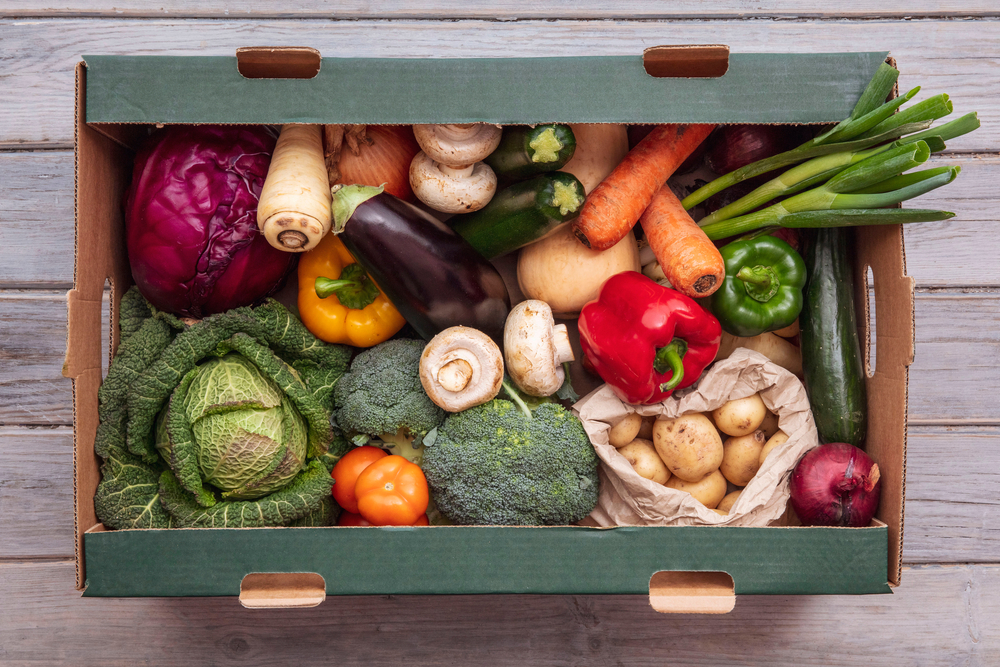Nearly 120 million Americans—roughly half of adults living in the United States—have high blood pressure, a serious condition that can lead to heart attack and stroke.
Study Overview
Researchers from Edith Cowan University (ECU) in Australia conducted the randomized, controlled crossover trial. Study participants ate four servings a day of cruciferous or root and squash vegetables—like carrots, potatoes, and pumpkins—over six weeks.
During the study, participants experienced two 2-week dietary interventions, separated by a 2-week “wash-out” period of not eating cruciferous vegetables. Given the controlled environment and consistent lifestyle factors maintained throughout the study, the observed blood pressure reduction could be attributed primarily to the dietary intervention.
Mechanism of Action
“Compounds called glucosinolates, which are found almost exclusively in cruciferous vegetables, have been shown to lower blood pressure in animals, but evidence in humans has thus far been limited,” Emma Connolly, study author and ECU doctoral candidate, said in a press release.
According to the researchers, other beneficial components in cruciferous vegetables, such as nitrate and vitamin K, likely contribute to their blood pressure-lowering effects.
Previous observational studies have also shown that cruciferous vegetables such as broccoli, cabbage, and Brussels sprouts have stronger relationships with lower heart disease risk than other vegetables, Connolly said.
Veggie Intake on the Decline
Despite their health benefits, cruciferous vegetables are among the least consumed vegetables in Australia. Lauren Blekkenhorst, an ECU National Health and Medical Research Council emerging leader and Heart Foundation postdoctoral fellow, noted in the press release that fewer than 1 in 15 Australian adults currently meet recommended vegetable intake levels, a trend that has been declining in recent years.
“If people can increase their intake of this group of vegetables, they will receive more bang for their buck in terms of lowering blood pressure and reducing the subsequent risk of developing heart disease later in life,” Blekkenhorst said.
Practical Dietary Tips
Most studies on cruciferous vegetables, “and vegetables in general,” show that there are benefits to eating them cooked and raw, so people should eat them in a variety of ways they enjoy, Sotiria Everett, a registered dietician and clinical assistant professor at the Renaissance School of Medicine, Stony Brook University, told The Epoch Times.
Cooking Methods and Nutrient Retention
Cruciferous vegetables lose some nutrients depending on the cooking method, Everett said. High-heat, long-duration cooking methods like boiling lead to lower levels of vitamins such as vitamin C and folic acid, she added. However, “Some nutrients are retained by cooking, such as vitamin K and beta-carotene,” she said.
Incorporating Cruciferous Vegetables Into Your Diet
Lauren Whitman, a registered dietitian nutritionist based in Chicago, offered suggestions for easily including more cruciferous vegetables in a daily diet.
Managing Digestive Issues
Some people may experience digestive issues with cruciferous vegetables. Whitman recommended the following strategies to reduce these effects:
- Cook vegetables by steaming, microwaving, sautéing, or stir-frying.
- Chop into bite-sized pieces and chew thoroughly.
- Start with small portions and increase if no issues arise.
- Try taking digestive enzymes.
- Keep a food diary to identify problematic vegetables if issues persist.
People who experience gas or bloating should start with small portions to determine tolerance and gradually increase over time, Everett said.











